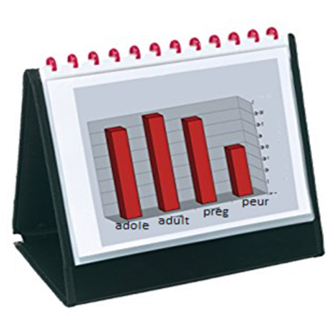Prenatal Diagnosis
Prenatal diagnosis or screening is testing for diseases or conditions in a fetus or embryo before it is born
Such diseases include Thalassaemia, Sickle cell anaemia, cystic fibrosis, haemophilia, fragile X syndrome, Neural tube defects, birth defects etc.


